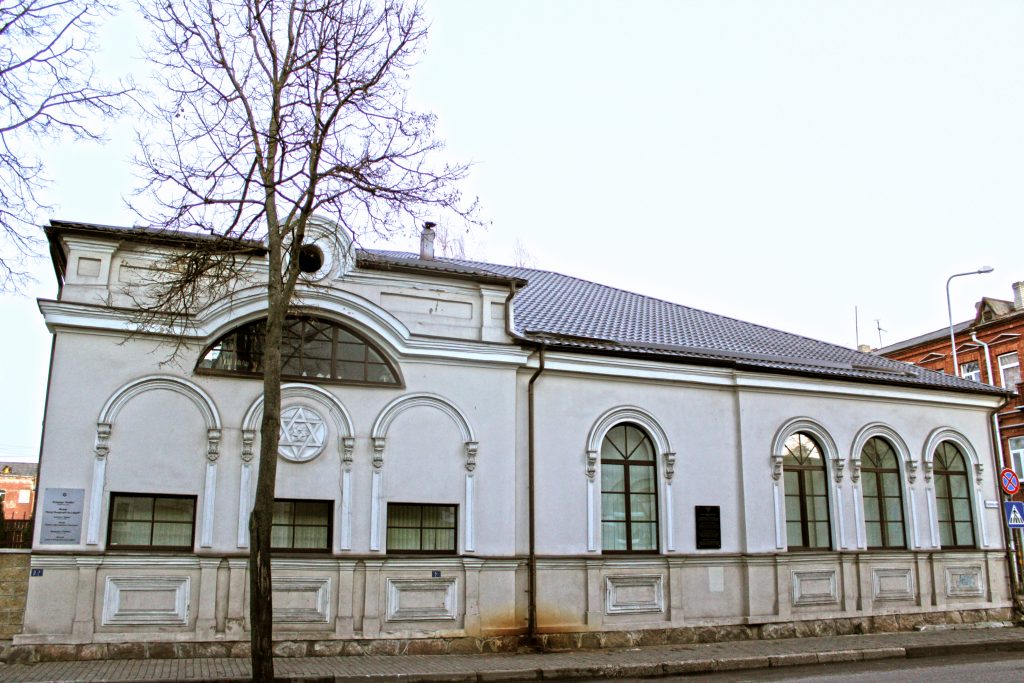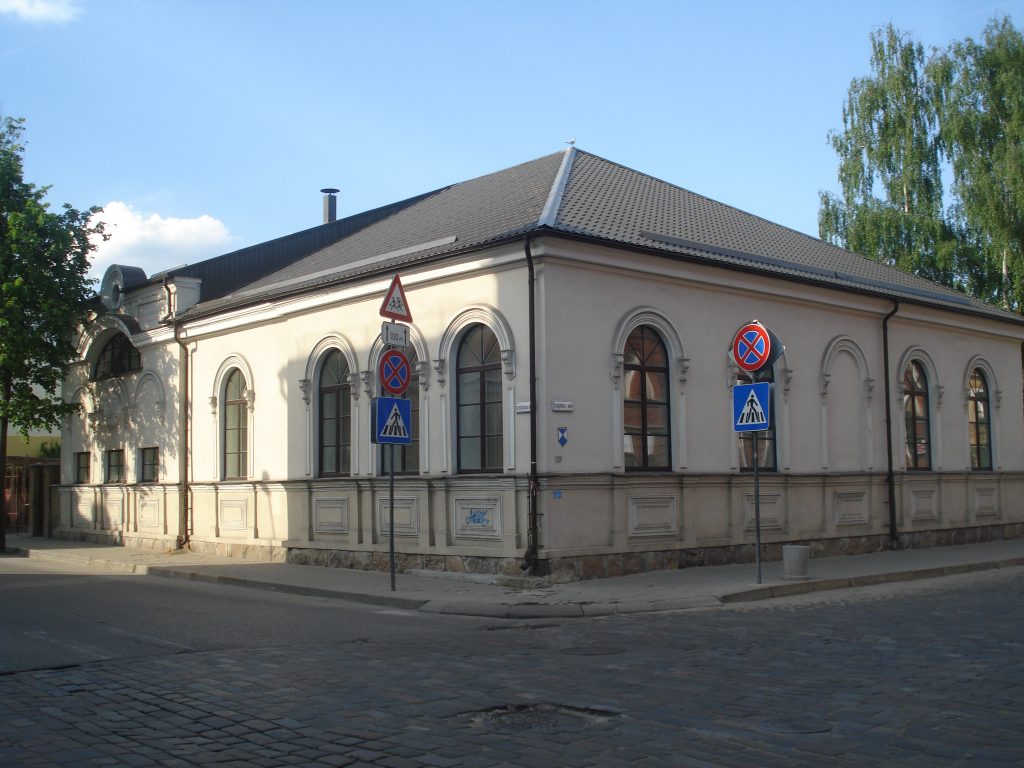A Jewish community was established in the 1750s, with many people working as artisans. The Jewish population rapidly evolved in the 19th century, numbering 1,559 in 1815 and 2,918 in 1847. The development of railroads and different industries such as grain and timber encouraged the growth of the city.

In 1898, the number of Jews working as artisans in Daugavpils grew to 5,000. Jobs became more diverse, linked to the industries developed or new ones in textile. Workers movements began to appear, such as the Bund or Poalei Zion, as well as self-defense groups tackling the threats of pogroms.
In this era, the 32,400 Jews represented almost half of the local population. Prominent rabbis studied in the yeshivot, such as mitnagged Meir Simhah Hakohen and hasid Joseph Rozin.
The First World War provoked the destruction of part of the city and the escape of many of its inhabitants. In the 1920s, only 11,000 still remained. Zionist movements began to gain a certain success, as did Jewish schools, which totalled six.

The Soviet occupation in 1940-1 forced Jewish movements, organizations and institutions to close. Jewish schools were forced to teach the Soviet curriculum. When the Nazis conquered the city in 1941, a pogrom was organized. Synagogues were burned down or used for the troops. 1,150 Jews were assassinated in one week and the other 15,000 placed in a ghetto. Many other massacres occurred during the war. Thus, during the Holocaust, about 9,000 Jews were assassinated in Daugavpils.
In 1970, a community was constituted of about 2,000 Jews, who prayed in one synagogue. But after the waves of emigration, at the turn of the century, only a few hundred Jews remained in the city.
The only remaining Synagogue was built in 1850 in the city center. The Jewish Museum is located on the 2nd floor. Visit requests must be made beforehand.
The great painter Mark Rothko, to whom the Vuitton Foundation devoted an exhibition at the end of 2023, was born in Daugavpils in 1903. In 2013, a museum in his honour was inaugurated in the town, in the presence of his daughter Kate.